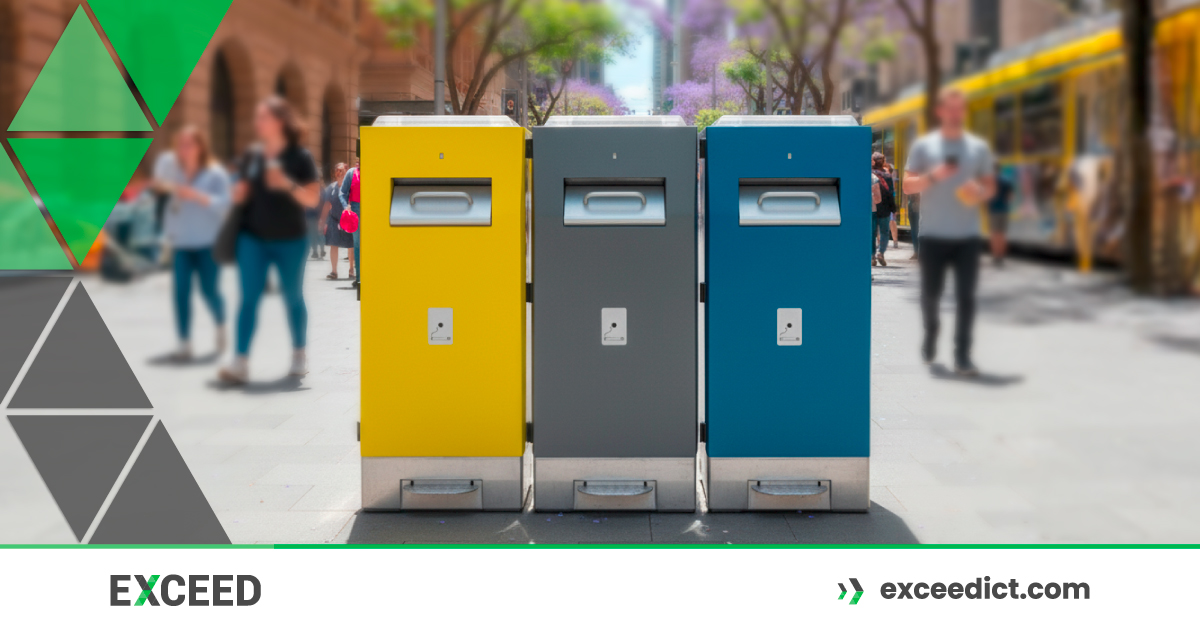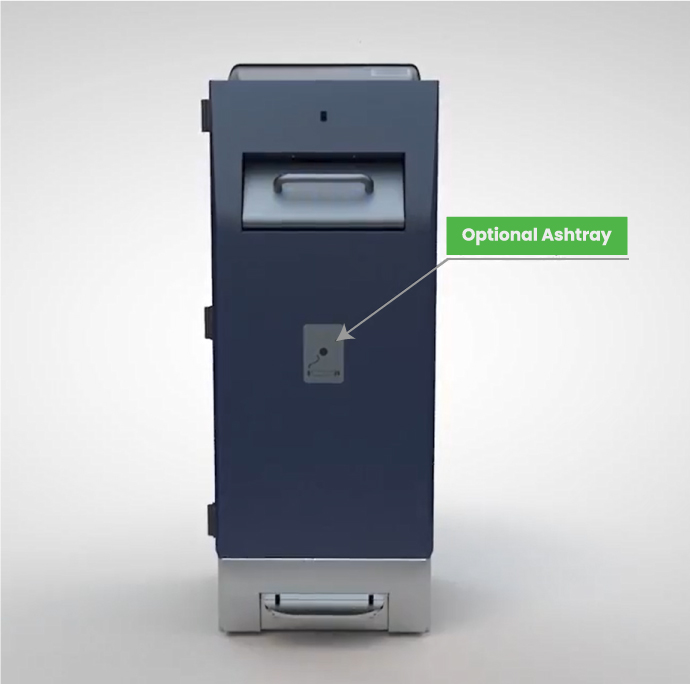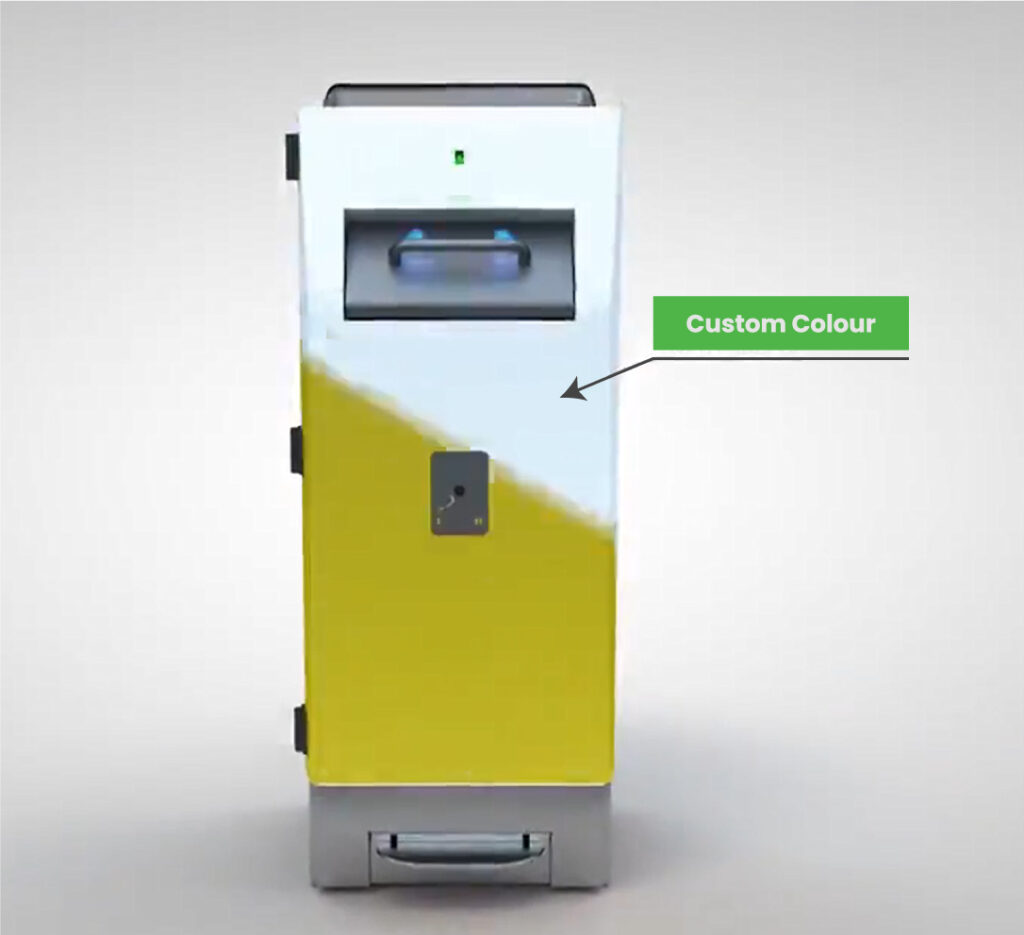
Waste management in Australia isn’t just about taking the bins out once a week – it’s a nation-wide system that involves government, private industry, and everyday Aussies. From local kerbside collections to federal policies and export regulations, Australia is working to reduce waste, recover resources, and protect the environment.
This blog unpacks how the system works, who’s responsible for what, and where we’re headed in terms of sustainability and innovation.
Responsibility Sharing: Who’s in Charge of What?
 Australia’s waste management system is a shared responsibility:
Australia’s waste management system is a shared responsibility:
- Local Governments manage kerbside collection services, public waste bins, and local recycling programs.
- The private sector handles commercial and industrial waste-think construction, retail, and manufacturing sectors.
- The Federal Government oversees national policies, including export restrictions, targets for recycling, and environmental protection regulations.
According to the Australian Local Government Association, councils across the country play a critical role in keeping communities clean and sustainable.
Kerbside Collection and Household Waste
Most Aussie households are provided with three bins:
- Red/grey lid: General waste
- Yellow lid: Recyclables (like paper, cans, and some plastics)
- Green lid: Garden and food organics (in some council areas)
Local councils run these services and often provide education about what goes in each bin. Mistakes in bin usage – like putting soft plastics in the recycling – can lead to contamination, making whole loads unrecyclable.
Recycling Infrastructure and Material Recovery
Recyclables collected from homes are taken to Material Recovery Facilities (MRFs) where they’re sorted by machine and sometimes by hand. From there, materials are transported to reprocessing facilities to be turned into new products.
However, Australia still faces challenges like:
- Contaminated recycling
- Insufficient processing capacity (especially for plastics)
- Reliance on overseas markets (although this is changing)
The Role and Impact of Landfills
While recycling is improving, a lot of waste still ends up in landfill – from items that can’t be recycled to materials incorrectly sorted.
Landfills:
- Produce greenhouse gases, especially methane
- Require large land areas
- Can lead to groundwater contamination if not managed properly
Efforts are underway to reduce landfill usage by increasing recovery rates and promoting alternatives like composting and energy recovery.
National Waste Policy: A Framework for the Future
The National Waste Policy sets out Australia’s approach to waste management, including:
- Reducing total waste generation
- Increasing recycling rates
- Minimising waste exports
- Moving towards a circular economy
It includes action plans and measurable targets. The aim is to move away from a “take, make, dispose” system and towards one that values reuse and resource recovery.
Circular Economy: Rethinking Waste

A circular economy keeps materials in use for as long as possible, extracting the maximum value before recovering and regenerating them.
Examples in Australia:
- Clothing donation and textile recycling
- Refillable packaging for household products
- Food waste turned into compost or biogas
The Federal Government supports circular economy initiatives through funding, research, and partnerships.
Waste Exports: Managing Our Own Rubbish
Historically, Australia exported large volumes of waste materials like plastic and paper to other countries. However, global changes – especially China’s National Sword policy – have restricted this practice.
As a result:
- The Australian government banned the export of certain unprocessed waste materials starting from 2020.
- Investments are being made in domestic recycling infrastructure to process materials onshore.
This shift supports jobs in the recycling sector and improves environmental outcomes.
Industry Engagement and Technological Innovation
The waste industry in Australia is embracing smart technologies and innovative practices, such as:
- Smart bins that signal when they need emptying
- Apps that help households recycle correctly
- Use of biodegradable and compostable packaging
Partnerships between government, universities, and businesses are essential for developing and scaling these innovations.
Conclusion on Waste Management in Australia
Australia’s approach to waste management is evolving. With shared responsibility, a commitment to sustainability, and a growing focus on innovation, we’re on the path to a cleaner, greener future. But it’s a team effort – councils, businesses, and everyday Australians all play a role. Whether it’s sorting your bins properly or supporting local recycling initiatives, every bit helps.
We Also Provide
Telecoms Expense Management, Device Deployment, Mobile Fleet management, Telstra enterprise Mobility, Telstra mobility Managed Services.
Improve Business Core values, Business Consulting, Network Management, Telstra Expense Management and many more Services.
Check our Services And Solutions.
Find Us (Exceed ICT) on Google map. Give us a call at 1300 832 639.


